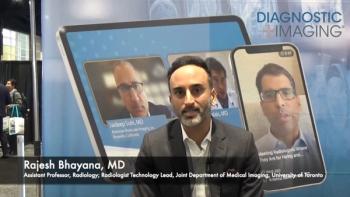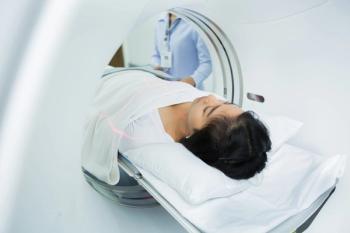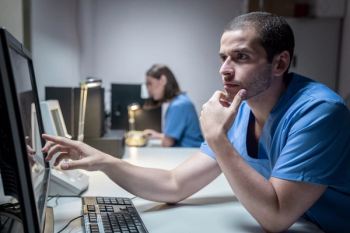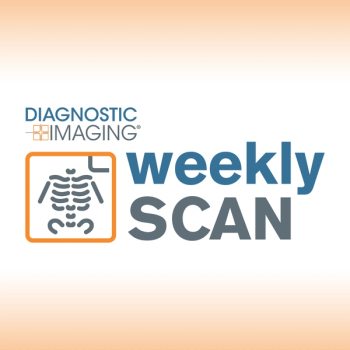
Assessing the Impact of Radiology Workforce Shortages in Rural Communities
In an interview at the recent RSNA conference, Catherine Everett, M.D., shared her perspective on the radiology workforce shortage, offered insights on recruiting radiologists to rural areas and emphasized the urgency of bolstering access to radiologists and other health-care professionals for at-risk communities.
Amid a sea of subspecialty expectations, recruiting challenges and coverage issues, staying on top of imaging volume that has spiked 20 percent since the COVID-19 pandemic has become nearly insurmountable, noted Catherine Everett, M.D., during a recent interview at the Radiological Society of North America (RSNA) conference.
“Now when we leave (at the end of the day), the list is nowhere near over,” explained Dr. Everett, the president and managing partner of Coastal Radiology in New Bern, N.C. “People are working at night and people are working extra on weekends. … We have radiologists who are getting burned out and are thinking about quitting. That is a real issue for my practice.”
In regard to recruiting radiologists for a rural setting, Dr. Everett advocates a more targeted approach that emphasizes a community lifestyle and family. Accordingly, she noted that her practice usually targets smaller residency programs or private practice programs in which residents do a fair amount of work and can hit the ground running.
(Editor’s note: For related content, see “
Now more than ever, radiologists and other health care workers are urgently needed to help preserve access to rural health facilities for communities that tend to be poorer, older and have more comorbidities, according to Dr. Everett, the associate chief medical officer for practice analytics at Radiology Partners.
“Twenty-three percent of the rural population meets the criteria for lung cancer screening compared to 15 percent of the urban community. Yet only 22 percent of the rural population is within an hour of a screening facility and 83 of the urban population is. … It’s a huge issue not only with disease but also with access,” noted Dr. Everett.
For more insights from Dr. Everett, watch the video below.
Newsletter
Stay at the forefront of radiology with the Diagnostic Imaging newsletter, delivering the latest news, clinical insights, and imaging advancements for today’s radiologists.




























